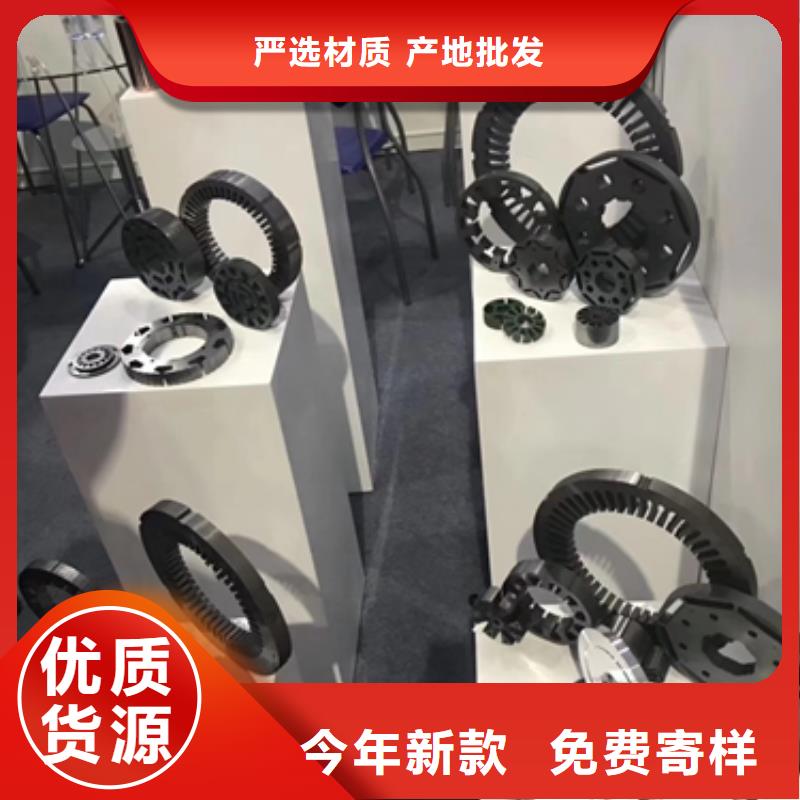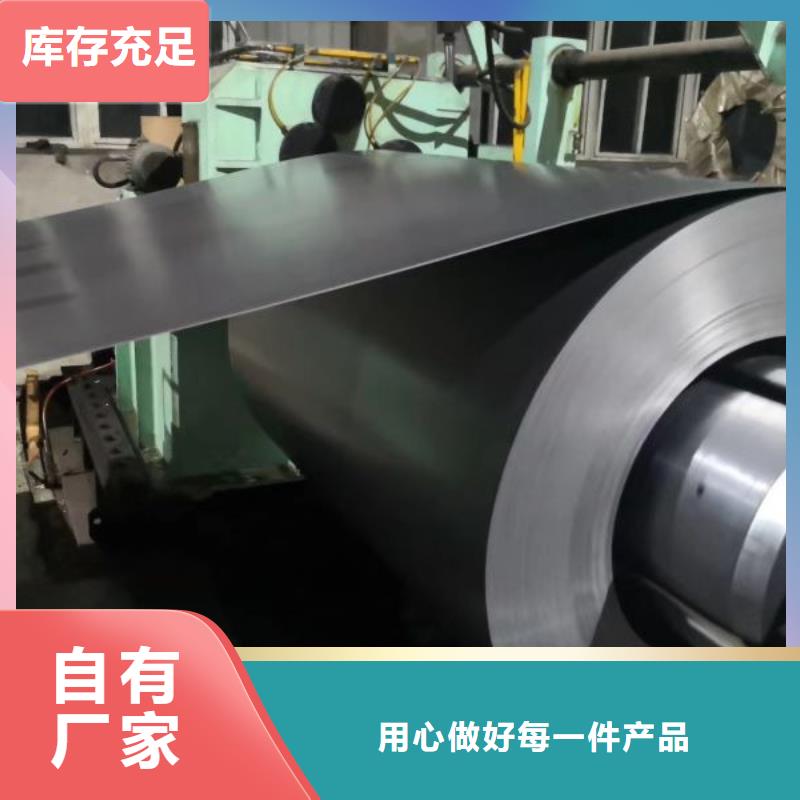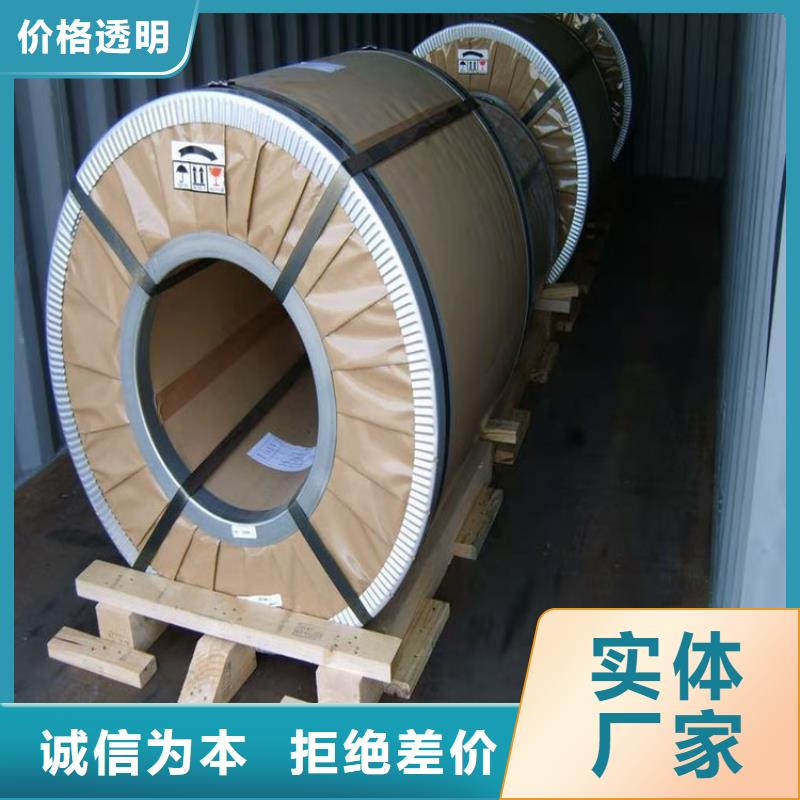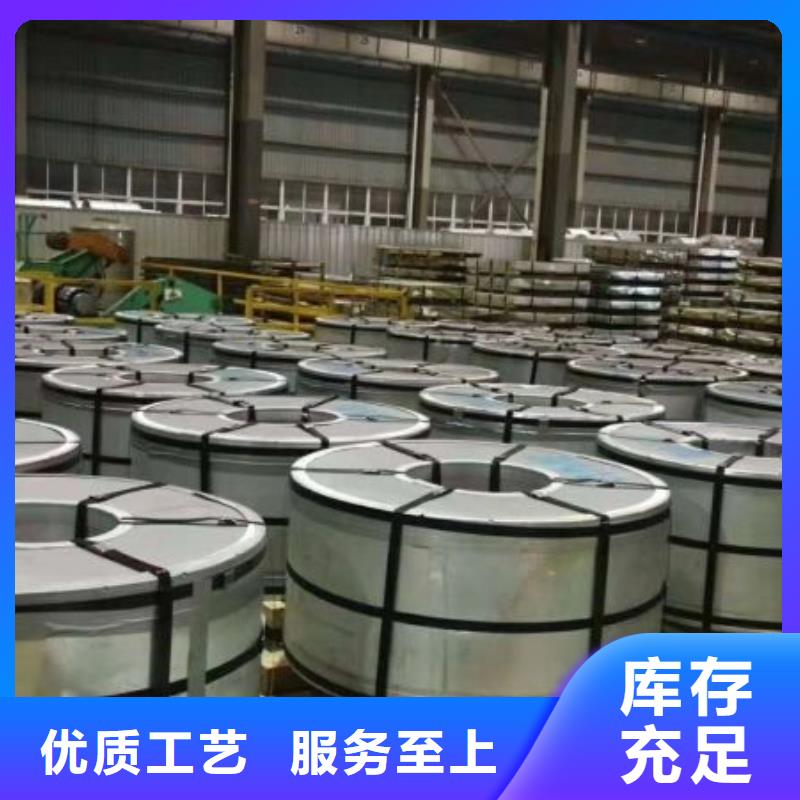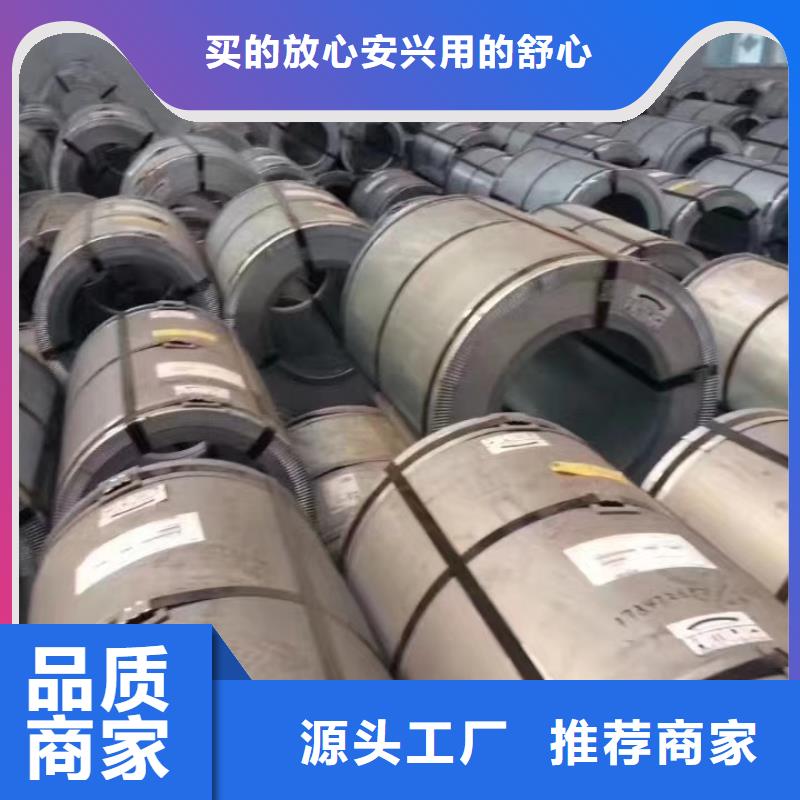想要更直观地了解自粘涂层硅钢片B50A290-Z产品吗??产品视频,带你走进产品世界
以下是:自粘涂层硅钢片B50A290-Z的图文介绍
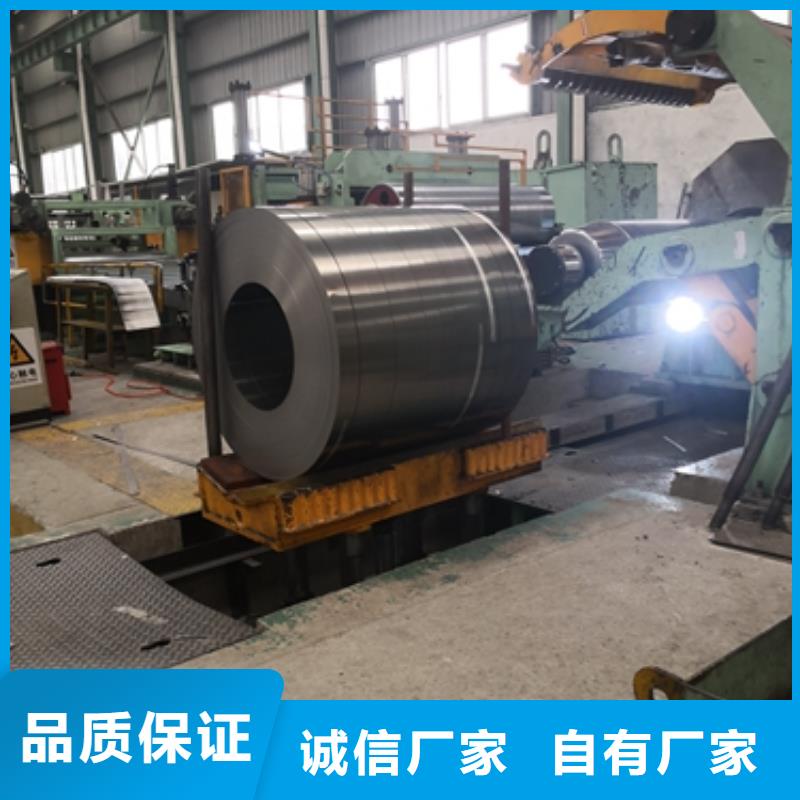
电工钢硅钢片硅钢是一种硅铁合金。用硅钢轧制的片材是电工领域中应用广的软磁材料,因而硅钢片又称电工钢片。硅钢片广泛用于电动机、发电机、变压器、扼流圈、电磁机构、继电器及测量仪表中电机工业大量使用厚度为0.35~0.50mm的硅钢片,用于:中型旋转机,压缩电机,通用马达,小型精密电机,电动汽车,压缩机,通用电机,电源变压器,精密变压器,节能电机,焊机变压器,稳压器,磁性密封器,加速器用电磁铁,汽车电机等;在电信高频技术中常用0.05~0.20mm的薄带钢片,以便更有效地降低涡流损耗。热轧硅钢片厚度为0.35~0.50mm,密度为7.55~7.70g/cm3,多用于大、中、小型交、直流电动机;冷轧无取向硅钢片厚度为0.35~0.50mm,密度为7.65~7.75g/cm3,多用于大型交流发电机、电动机,大、中、小型交、直流电动机;冷轧取向硅钢片厚度为0.23mm 0.27mm 0.3mm 0.35mm,密度为7.65g/cm3,多用于电力变压器、油浸式变压器,干式变压器,电抗器、磁放大器等;冷轧取向薄带厚度为0.05~0.20mm,多用于无线电高频变压器。
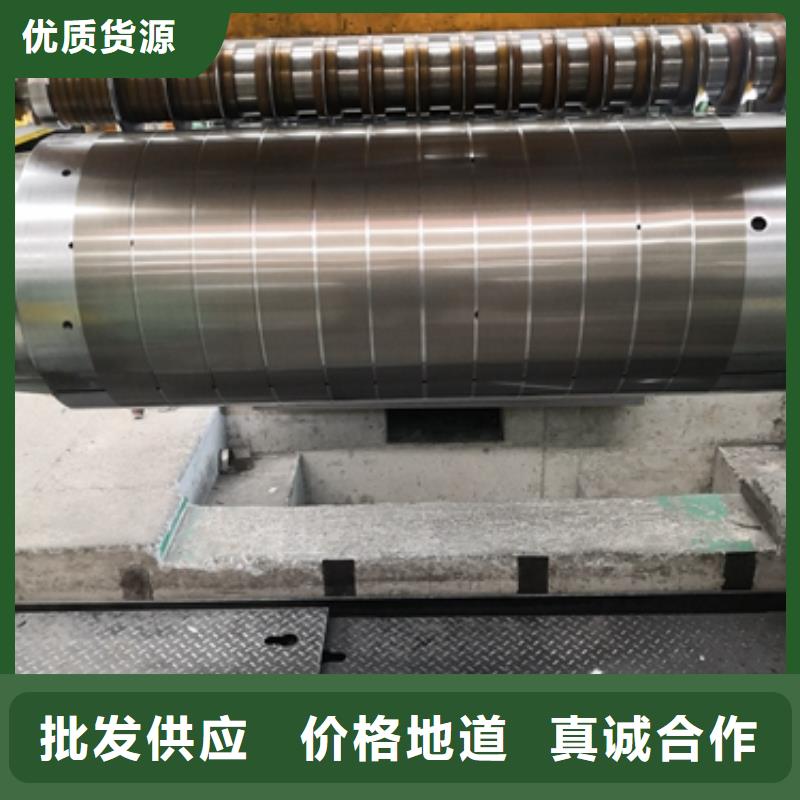
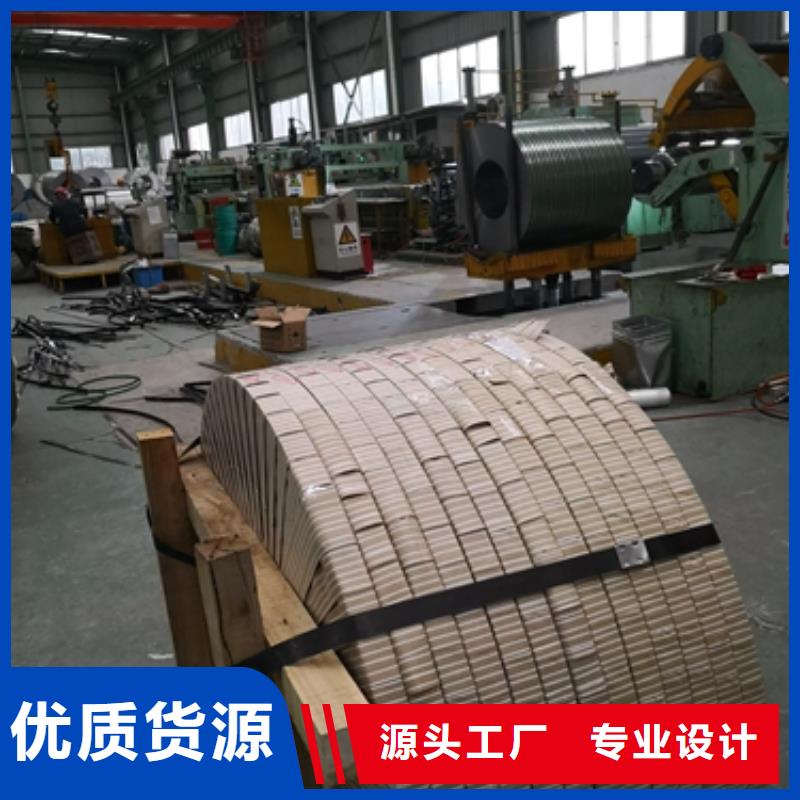
电工钢硅钢片Electrical steel, also known as silicon steel sheet, is an indispensable metal material in the power, electronics, and military industries, and is also the largest functional material in production. It is mainly used as the iron core for various motors, generators, and transformers. Since it is a functional material, its performance testing also revolves around "function". These indicators are often mentioned in trade and processing processes, and a brief understanding can help everyone better carry out their work. The performance testing of electrical steel mainly includes the following aspects: magnetic inspection, stacking coefficient inspection, coating adhesion inspection, repeated bending inspection, size and shape surface inspection, and conventional mechanical property inspection. In addition to the types of products listed above, there are also some special purpose electrical steel plates, such as 0.15 and 0.20mm thick 3% Si cold-rolled non oriented silicon steel strips and 0.025, 0.05, and 0.1mm thick 3% Si cold-rolled oriented silicon steel strips, which are used as intermediate and intermediate grade High frequency motors and transformers, as well as pulse transformers, etc; 0.7mm thick 3% Si high-strength cold-rolled non oriented silicon steel plate for relays and power switches; High strength cold-rolled electrical steel plate for new high-speed motor rotors; Low carbon electrical steel hot-rolled thick and cold-rolled plates for magnetic shielding and high-energy accelerator electromagnets such as medical magnetic resonance tomography scanners; 4.5% to 6.5% Si high silicon steel plates for high-frequency motors, transformers, and magnetic shielding.
Generally, motors, transformers, and other electrical components are required to have high efficiency, low power consumption, small size, and light weight. Electrical steel plates are usually guaranteed to have magnetic properties based on core loss and magnetic induction strength. Magnetic induction strength is the number of magnetic lines passing through a unit cross-sectional area of the iron core, also known as magnetic flux density. It represents the material‘s magnetization ability, measured in T. The magnetic induction strength of electrical steel plates is high, and the excitation current (also known as no-load current) of the iron core is reduced. Copper and iron losses are also reduced, which can save electrical energy. When the power of the motor and transformer remains constant, the magnetic induction intensity is high, and the design Bm can be increased. The cross-sectional area of the iron core can be reduced, which reduces the volume and weight of the iron core, and saves the amount of electrical steel plates, wires, insulation materials, and structural materials used. This can reduce the total loss and manufacturing cost of the motor and transformer, and is beneficial for the manufacturing, installation, and transportation of large transformers and motors. The main requirements for the performance of silicon steel are:
1. Low iron loss is the most important indicator of the quality of silicon steel sheets. Various countries classify grades based on iron loss values, with the lower the iron loss, the higher the grade.
2. Under strong magnetic fields, the magnetic induction intensity (magnetic induction) is high, which reduces the volume and weight of the iron core of the motor and transformer, saving silicon steel sheets, copper wires, and insulation materials.
3. The surface is smooth, flat, and the thickness is uniform, which can improve the filling coefficient of the iron core.
4. Good lamination performance is more important for manufacturing micro and small electric motors.
5. The adhesion and weldability of the surface insulation film are good, which can prevent corrosion and improve the punching performan
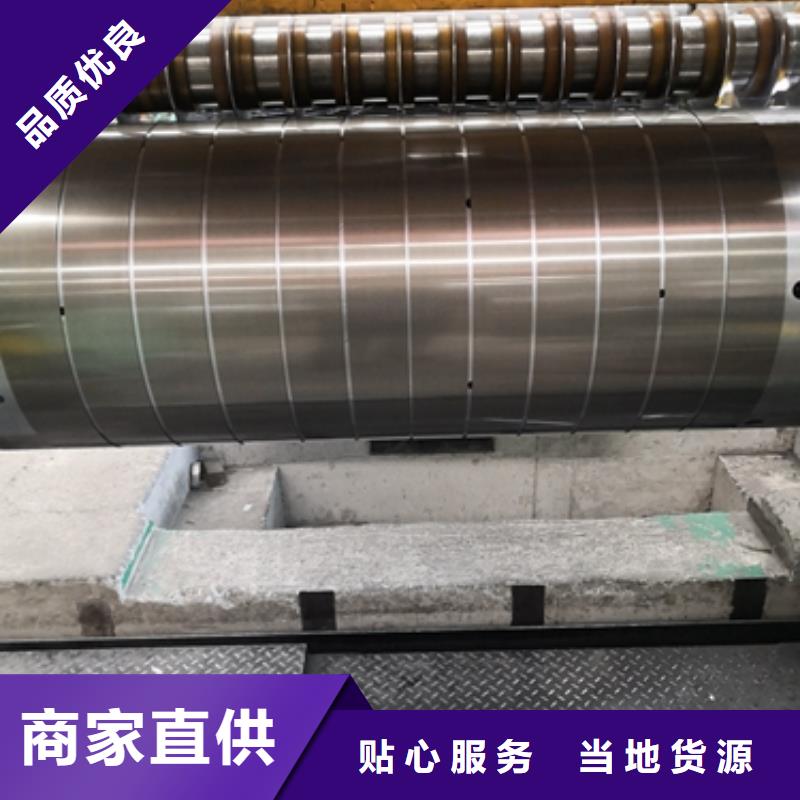
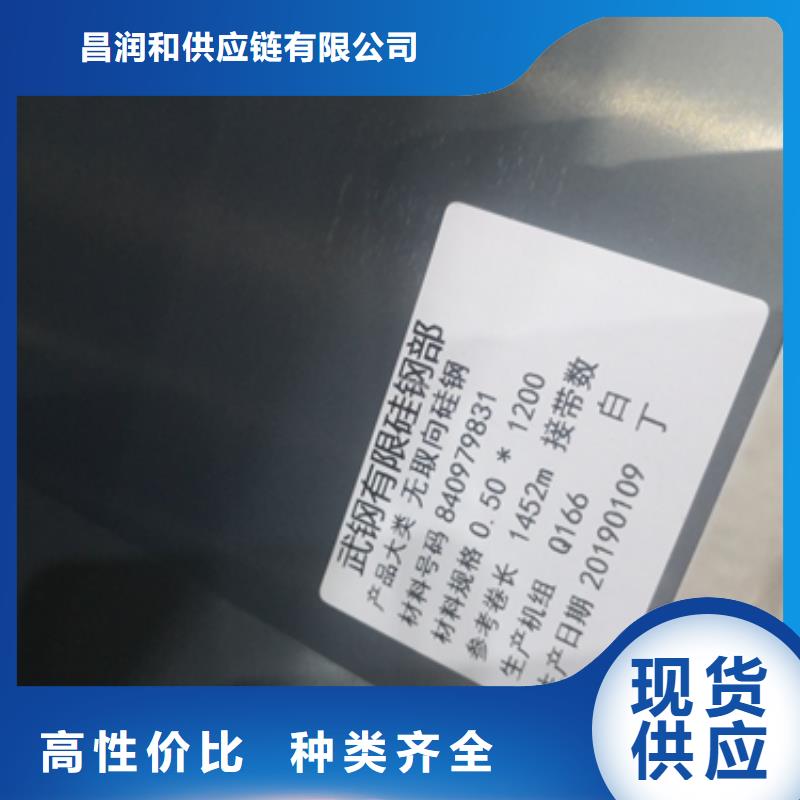
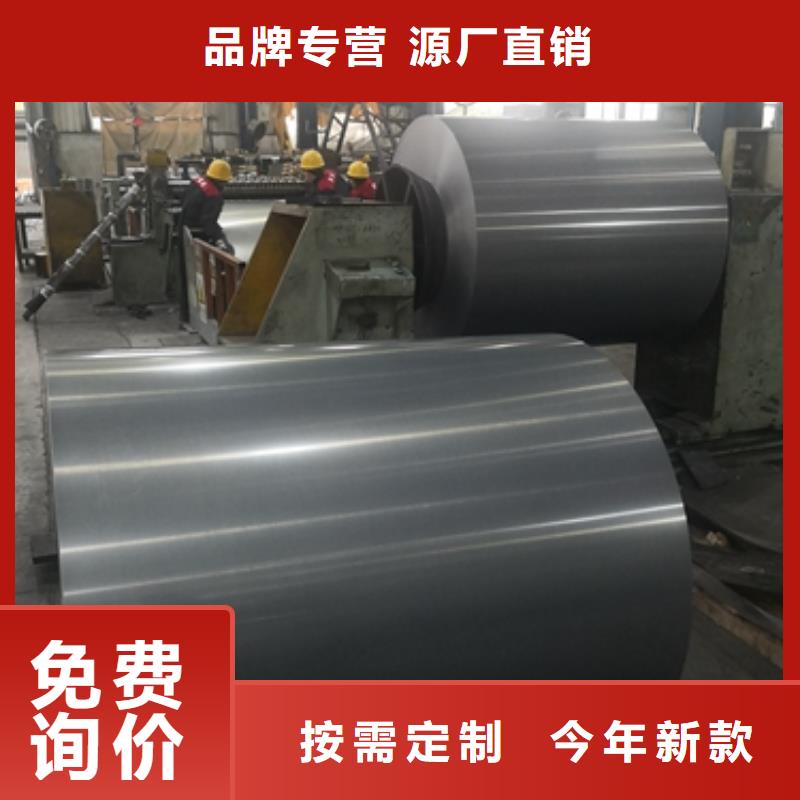
电工钢硅钢片硅钢性能指标电工钢叠片铁芯与铜线通过电磁感应做功,铁芯通过形成交变磁场发挥作用。铁芯运行过程中自身耗能和铁芯磁化能力决定电器设备核心性能,如功率、江西赣州体积、江西赣州效率、江西赣州质量以及综合运行成本。所以,电工钢的性能指标要求有下列几项:1) 铁芯损耗P:电工钢铁芯在励磁与退磁过程中额外消耗电能转化成热量称为铁损,单位为W/kg,是划分产品牌号的主要依据。铁损由磁滞损耗Ph、江西赣州涡流损耗Pe和反常损耗Pa组成。三种铁损分别与晶粒尺寸、江西赣州有利织构比例和板带质量对应。所以,取向和无取向电工钢中这三种损耗占比不同,如无取向硅钢的铁损以Ph为主,取向硅钢中则以Pe为主。根据使用条件不同,无取向硅钢的铁损保证值取P1.5/50,即硅钢片在50Hz交变磁场下磁化到1.5T时所消耗的电能,而取向硅钢相应的铁损保证值为P1.7/50。
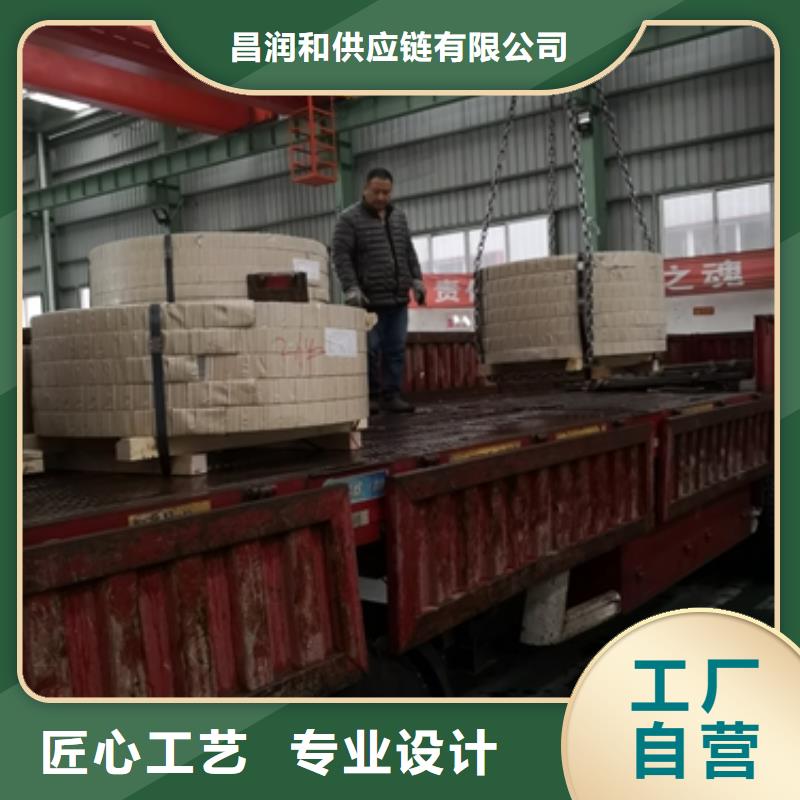


鹿程国际贸易有限公司重信用、守合同、保证 江西赣州新能源电工钢产品质量,以多品种经营特色和薄利多销的原则,赢得了广大客户的信任,在 江西赣州新能源电工钢消费者当中享有较高的地位,公司与多家零售商和代理商建立了长期稳定的合作关系。我们愿与各地商家精诚合作、共同发展!

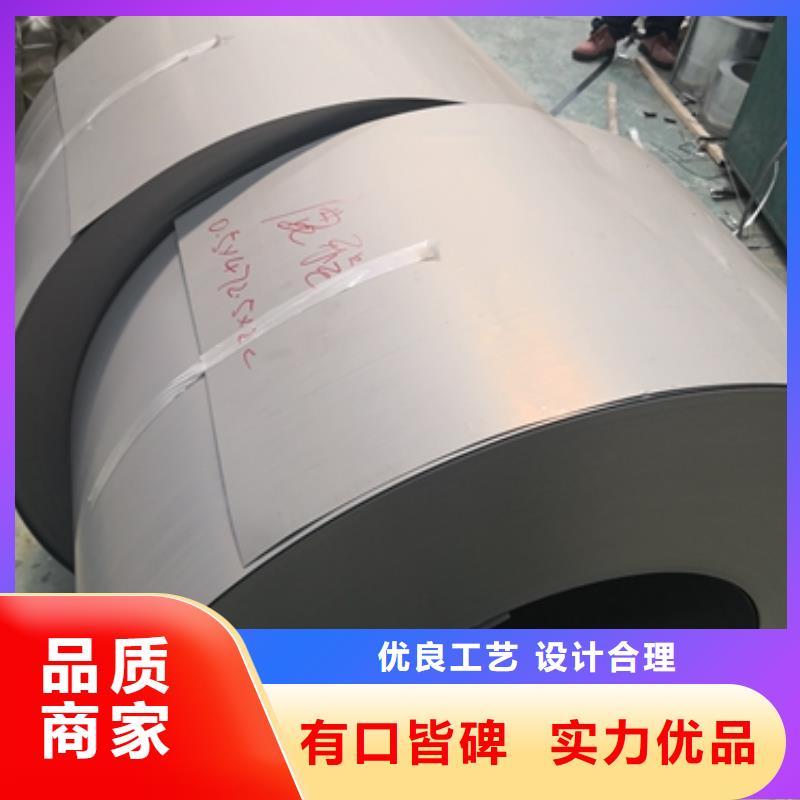

电工钢硅钢片对电工钢板性能的要求如下:铁芯损耗(PT)低铁芯损耗是指铁芯在≥50Hz交变磁场下磁化时所消耗的无效电能,简称铁损,也称交变损耗,其单位为W/kg。这种由于磁通变化受到各种阻碍而消耗的无效电能,通过铁芯发热既损失掉电能,又引起电机和变压器的温升。电工钢的铁损(PT)包括磁滞损耗、江西赣州当地涡流损耗(Pe)和反常损耗(Pa)三部分。电工钢板铁损低,既可节省大量电能,又可延长电机和变压器工作运转时间,并简化冷却装置。由于电工钢板的铁损所造成的电量损失占各国全年发电量的2.5%~4.5%,因此各国生产电工钢板总是千方百计设法降低铁损,并以铁损作为考核产品磁性的重要指标,按产品的铁损值作为划分产品牌号的依据。冷轧取向电工钢:冷轧取向电工钢是电工钢中的高端产品,与冷轧无取向电工钢相比,磁性具有强烈的方向性;在易磁化的轧制方向上具有优越的高磁导率与低损耗特性。取向钢带在轧制方向的铁损仅为横向的1/3,磁导率之比为6:1。用途:冷轧取向硅钢带主要的用途是用于变压器制造。


 cg39.com
cg39.com
